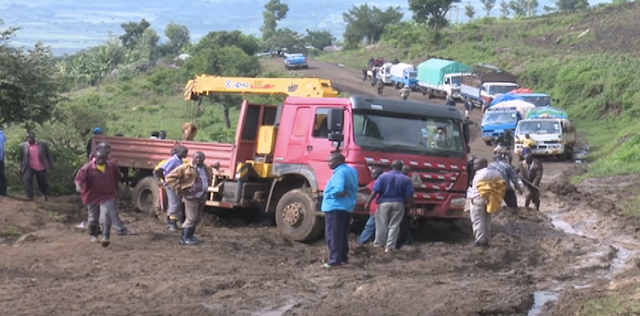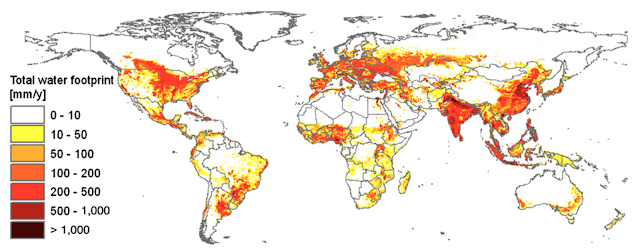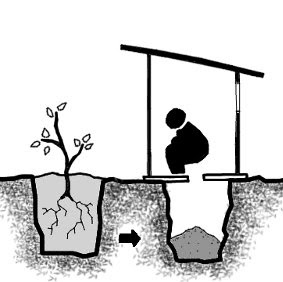Technology: Solutions to more solutions and problems
Egypt accounts for a third of global orange exports (FAS, 2018). The majority of these oranges are grown in the delta governorates (Fig 1.) of Egypt, along the Nile River (USDA, 2017). This was enabled by the Aswan High Dam (AHD) which facilitated valuable crops production like citrus through a more consistent control over water supply (Strzepek et al., 2008). However, the dam has led to increasing salinization downstream, waterlogging, coastal erosion and decreasing soil fertility over time calling for the need to increase fertilizer application (Monsef et al., 2015). These impacts are compounded by the Grand Ethiopian Renaissance Dam (GERD) being constructed upstream, on the Blue Nile. While the GERD will increase hydropower for Ethiopia and neighboring countries and promises to offset negative impacts on Egypt’s economy when it becomes operational (Kahsay, 2015; Digna et al., 2016); Egypt is already facing irreversible impacts on increasing land subsidence at the Nile Delta (Stanley and Clemente, 2017), intensifying previous long-term impacts of AHD and decreasing hydropower at AHD (Omran and Negm, 2018) and reducing supply reliability (Digna et al., 2016). Inevitably, this threatens the livelihoods of agrarian communities downstream and as speculations and negotiations continue on the sharing of Nile resource, Egypt has to look for other solutions and diversify their water supply.
Fig 1. Main Citrus production area (Source: USDA, 2017)
Looking beyond transboundary water resources, Egypt is establishing 19 new desalination plant to harvest water from the Red and Mediterranean Seas. As a matter of fact, desalination is energy intensive and desalination brine discharge has impacts on coastal environments such as coral reefs (Petersen et al., 2018). Are we solving one problem just to find out we created another? The solution for technology is with more technology. Researchers are looking towards renewable solar power energy when it becomes economically viable or cost-effective instead of fossil fuels (Reif and Alhalabi, 2015) and also attempting to solve brine problems (Benyahia, 2016) to reduce the impact of increasing salinity. In addition, agricultural research has also focused on developing salt-tolerant crops through genetic modification (Roy et al., 2014) and explored irrigation systems that can grow crops with salt water or manage strategies to manage salinity in these systems (FAO).
Large-scale projects like the building of dams and use of technology while justifiable in terms of their described benefits for targeted population and users, they are also a source of problems and environmental injustice for communities “in the way”. For example, the building of dams may involve displacement or resettlement of local communities such as the Egyptian Nubians in the construction of the Aswan dam (Wet, 2000) although they eventually grew accustomed in their new environment. Ultimately, can technology solve all our solutions? Or is having a solution better than no solution? Also, would it have been better if communities were left alone? In the next post, we will delve into the global phenomenon of land and water grabbing as a result of the push for development.








Nice post, interesting about the GMO salt resistant crops, do you know whether this has successfully been implemented anywhere using sea water for irrigation?
ReplyDeleteJoelle